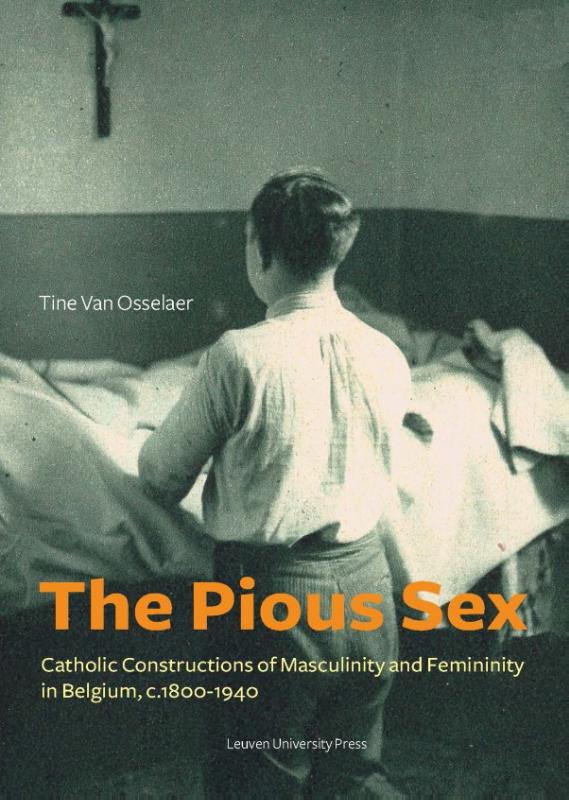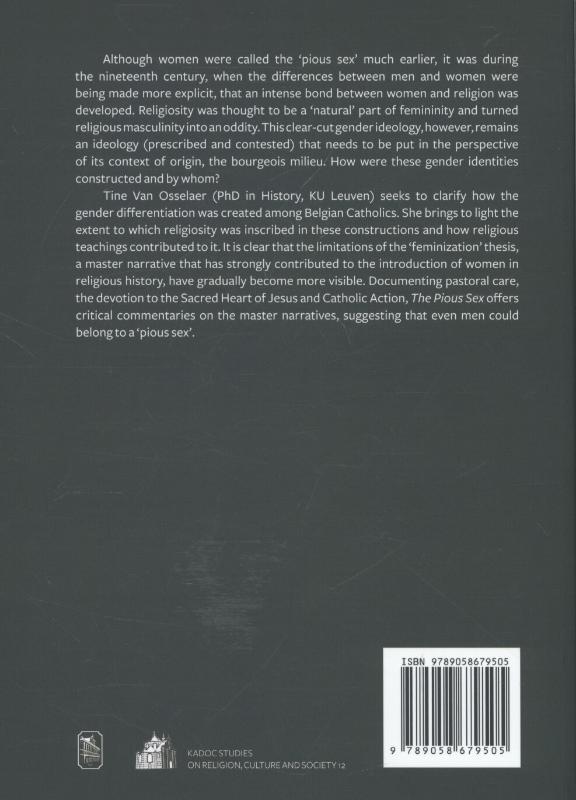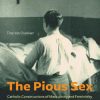The pious sex
€ 49,50
catholic constructions of masculinity and femininity in Belgium, c. 1800-1940
Serie: KADOC Studies on Religion, Culture and Society
Osselaer, Tine van | Paperback / softback | 19-12-2013 | 9789058679505
The construction of gender in Belgian Catholicism.
Although women were called the ‘pious sex’ much earlier, it was during the…







